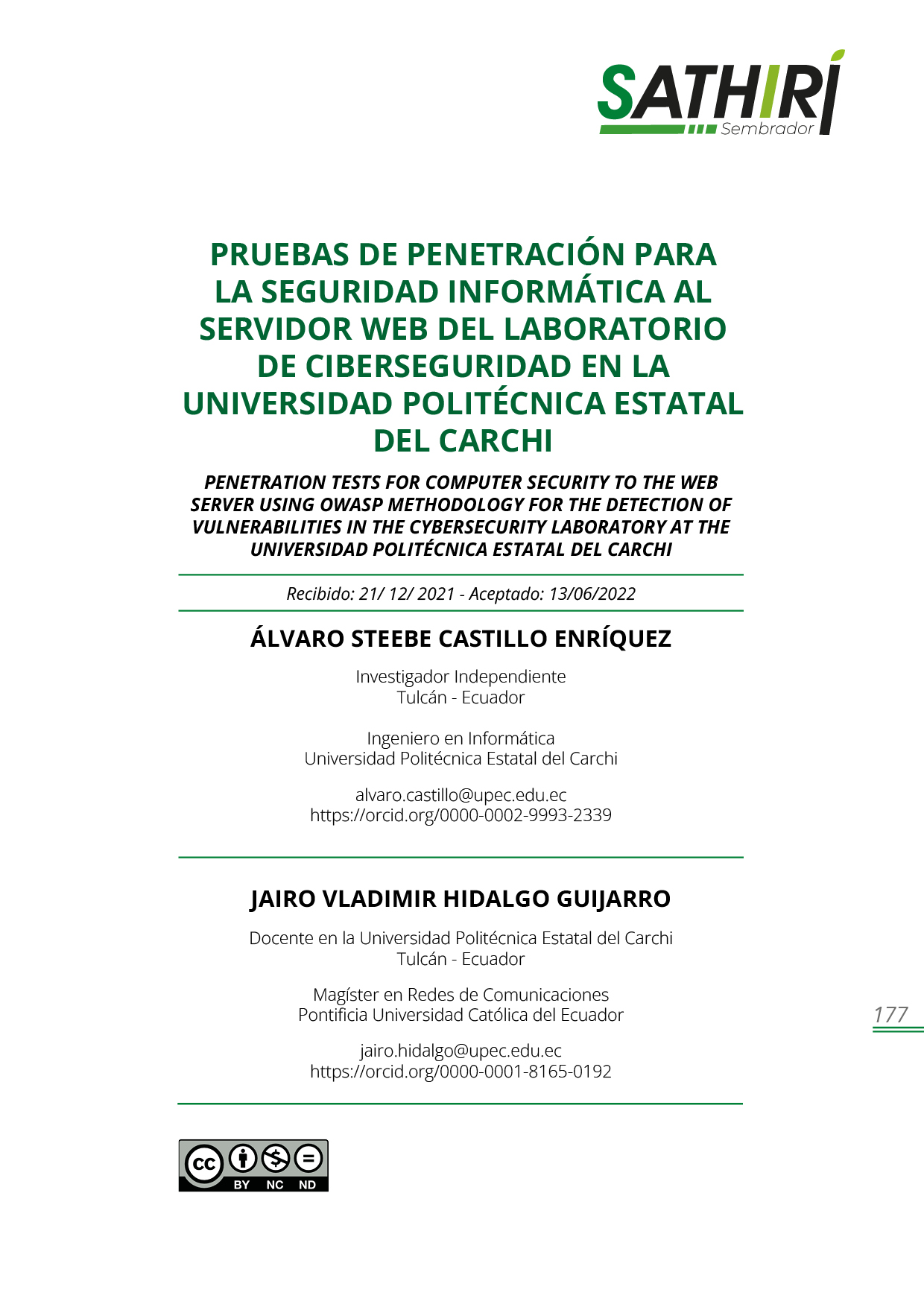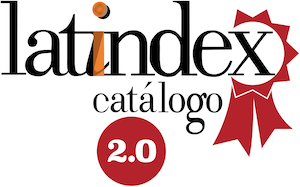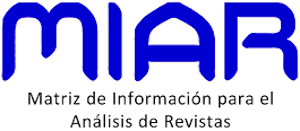Ncidence of the power turbocharger of a 1.8-liter MEP engine
DOI:
https://doi.org/10.32645/13906925.1136Keywords:
Incidence, turbocharger, spark ignition engine 1.8Abstract
The aim of this research is to analyze the spark ignition engine, its operation, the temperature, power, fuel consumption and the and the best benefits for the environment. The approach
of this research is mixed, since both qualitative and quantitative techniques were used. The first one focuses on demonstrating which of the engines produces more polluting emissions.
On the other hand, mathematical calculations to obtain the power torc of the engines with and without turbo applied the quantitative technique. The operation of the turbocharger is
through the exhaust gases that make a turbine move, which is connected by means of a shaft to a second turbine making the vehicle gain more power. Naturally aspirated engines work at
temperatures ranging from 85° to 105° C and supercharged engines reach 900° to 1000° C. This reveals the influence that atmospheric engines have on the environment, because the mixture is not fully combusted, therefore, it needs a larger cylinder capacity, which generates high fuel consumption that produces a greater environmental pollution.
References
Amán, A., & Castelo, J. (2012). Escuela Superior Politécnica de Chimborazo. Recuperado de http://dspace.espoch.edu.ec/bitstream/123456789/1872/1/65T00030.pdf
Apolo, L., & Ávila, H. (2019). Universidad Politécnica Salesiana Sede Cuenca . Recuperado de https://dspace.ups.edu.ec/handle/123456789/17285
Blancarte, J. (2013, diciembre). Autocosmos. Recuperado de http://especiales.espanol.autocosmos.com/tecnologia/noticias/2013/12/13/cuanta-potencia-otorga-un-supercargador
Castillo, J., Rojas, V., & Martínez, J. (2017). Determinación del torque y potencia de un motor de combustión interna a gasolina mediante el uso de bujía con sensor de presión adaptado y aplicación de un modelo matemático. Revista Politécnica, 1-9.
Delgado, J. (2018). Universidad Internacional del Ecuador . Recuperado de https://repositorio.uide.edu.ec/bitstream/37000/2767/1/T-UIDE-209.pdf
Díaz, L., Torruco, U., Martínez, M., & Varela, M. (2013). Metodología de investigación en educación médica. Recuperado de http://www.scielo.org.mx/pdf/iem/v2n7/v2n7a9.pdf
Fidalgo, R. (2014, agosto). Autocasión. Recuperado de https://www.autocasion.com/actualidad/reportajes/que-es-y-como-funciona-el-turbo-y-los-sistemas-de-sobrealimentacion
Matailo, C., & Pacheco, A. (2021). Universidad Politécnica Salesiana Sede Cuenca . Recuperado de https://dspace.ups.edu.ec/bitstream/123456789/21150/1/UPS-CT009288.pdf
Mejía, A., & Armijos , F. (2015, enero). Universidad Politécnica Salesiana Sede Cuenca. Recuperado de https://dspace.ups.edu.ec/bitstream/123456789/7537/1/UPS-CT004468.pdf
Morales, H. (2019). Autocosmos. Recuperado de https://noticias.autocosmos.com.mx/2019/07/31/5-ventajas-que-tienen-los-vehiculos-con-motores-turbo
Vitoria, L. M. (2016, mayo). Autopista.es. Recuperado de https://www.autopista.es/preguntasdudas/dudas-que-temperatura-puede-alcanzar-el-motor-de-un-coche_142793_102.html

Downloads
Published
Issue
Section
License
Copyright (c) 2022 Hugo Ramiro Revelo Rosero, Geovanna Karolina Quelal Montenegro, Jhoel Sebastián Quiroz Pantoja

This work is licensed under a Creative Commons Attribution-NonCommercial-NoDerivatives 4.0 International License.
El autor mantiene los derechos morales e intelectuales de su obra, autorizando a la editorial de la revista Sathiri la difusión y divulgación de su contenido con fines estrictamente académicos y de investigación, sin fines de lucro. Así mismo, se autoriza que la obra sea descargada y compartida con otras personas, siempre y cuando no sea alterada y se reconozca su autoria.





















